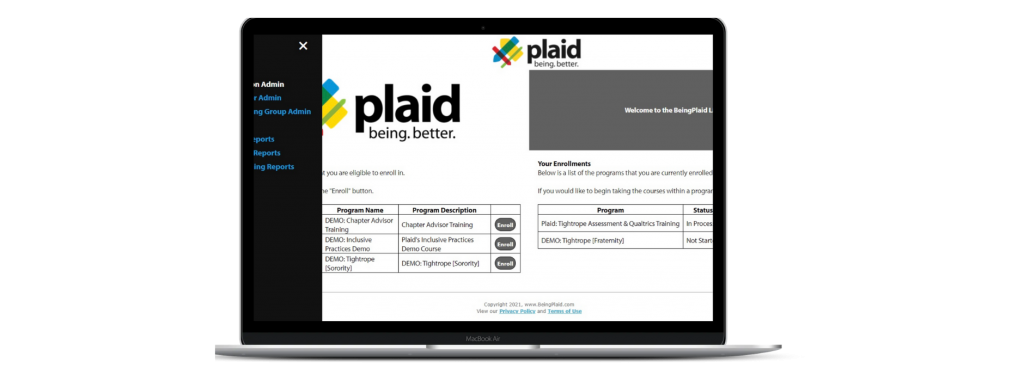There has been a lot of talk about online or remote learning over the past year. Many people were forced to experience it firsthand. Whether it’s been a positive experience or a frustrating one, a lot more goes into effective online learning than putting up some slides with content or holding a Zoom presentation. Effective online learning takes considerable planning and ongoing management.
Before diving into the deep end of the subject, let’s start by wading in and exploring a critical component to online learning: the Learning Management System or “LMS”. According to “A Field Guide to Learning Management Systems”, an LMS is “a software application that automates the administration, tracking, and reporting of training events.”
Just like you use Gmail for your email or Salesforce to track sales leads, an LMS is a tool to facilitate online learning. Generally speaking, it will be a web-based system that functions as a learning portal. You and your learners will be able to log into the LMS and participate in online courses.

It might be helpful to think of an LMS as an online version of a university or school. An LMS has its own version of an Admission Office, Registrar, Academic Departments, and Classes. Students can sign-up for an account to then enroll in and complete the courses that they are eligible for. If you’d like an individual to take a designated series of onboarding courses, they can create their account, enroll in the onboarding program, and take the required courses in the correct order without skipping or jumping around. Their progress through the program will be reported to all of the appropriate people for tracking and monitoring. An LMS allows organizational leaders to create online learning environments from registration and enrollment to distributing content to learners and managing their progress.
While courses on the LMS can be offered live using software like Zoom, that is not the norm as an LMS is often used to engage learners asynchronously. An LMS is most often used by organizations to offer education at scale. If you design one online course, it can then be offered to as many learners who want it and at the time they want to take it. Doesn’t matter if you have 10 learners or 10,000 learners, once the course is built, the sky’s the limit. This allows organizations to ensure the quality and consistency of the educational experience while also providing flexibility and autonomy to learners
The key, as with most things in life, will be to choose the right educational partner. Selecting the right LMS for you and your organization is vital to the long-term success of the initiative. Considerations like reporting, integration, branding, administration, technical support, interaction, gamification, course creation, portability, and platform must all be considered. Stay tuned for more on these areas in future articles. If you want to provide online education that meets or exceeds expectations, you need to choose an LMS provider who can be a true partner.
I don’t see this as a “baby steps” type of area. I think effective and engaging online learning experiences are now expected and organizations that have not embraced the trend and invested in the movement are being left behind. As a firm with expertise in online and remote learning, Plaid has designed over 550 courses, which have been taken more than 400,000 times. As such, we have learned a few lessons about online courses that we utilize to help clients create and deploy engaging online learning experiences. To learn more about how our team can support your organization’s online learning goals, email info@beingplaid.com.

